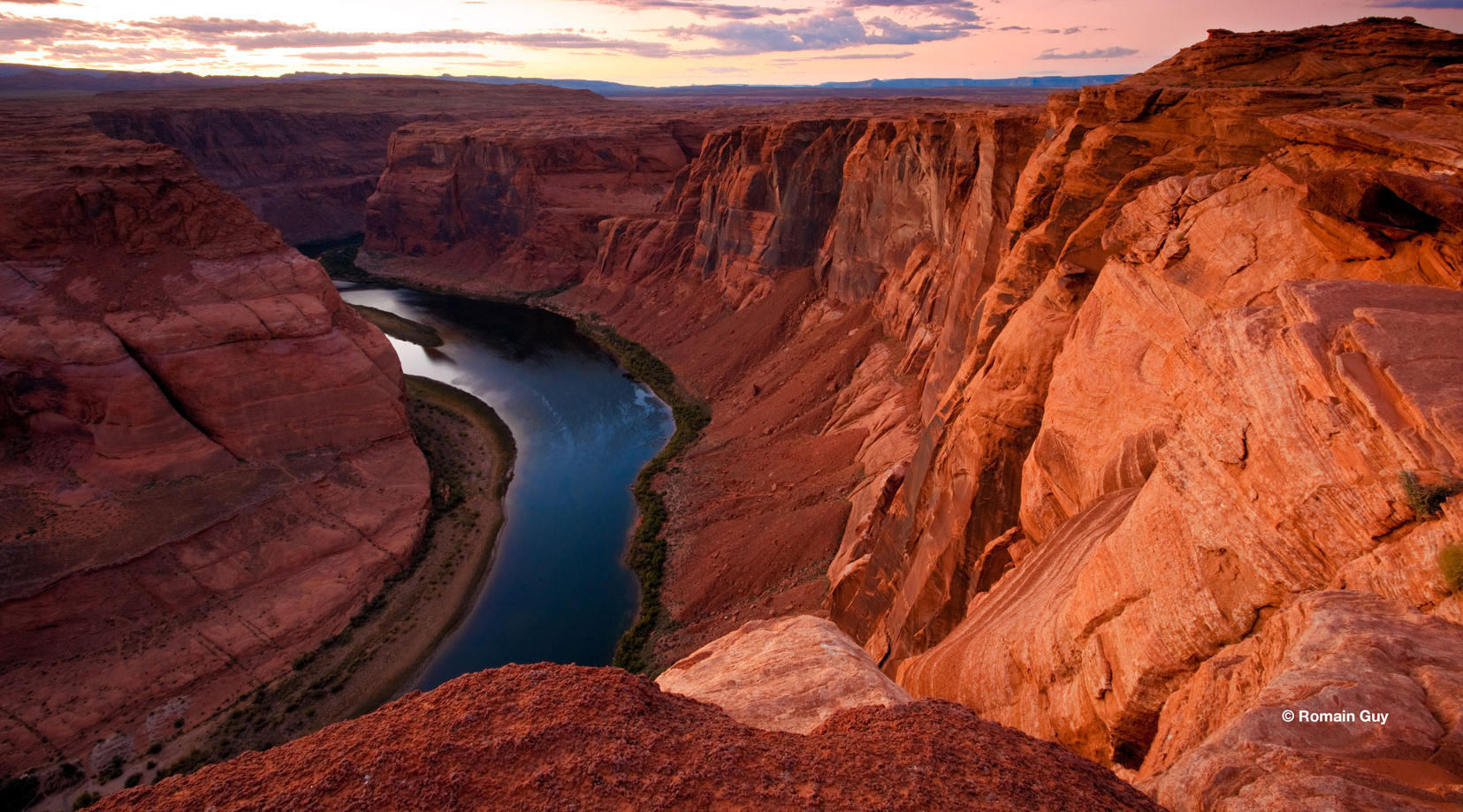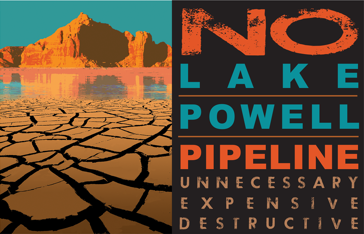
The Lake Powell Pipeline Problem
The Utah Division of Water Resources wants to build an unnecessary and expensive pipeline project that will burden taxpayers and ratepayers with generations of debt and massive water rate increases. This government spending project comes with enormous risks and impacts and is entirely unnecessary for the population it intends to serve.
Watch this 2018 video about the largest new water diversion in permitting on the Colorado River, the Lake Powell Pipeline.
Introduction: The Argument Against the Lake Powell Pipeline
The $2.24 billion Lake Powell Pipeline is a massive new diversion of Colorado River water that is completely unnecessary for Utah’s future. The Pipeline would siphon between 83,000 and 86,000 acre-feet of water annually from Lake Powell and pump it 2000 feet uphill and across 140 miles of pristine desert to some of America’s nation-leading water users in Washington County in southwest Utah. The Pipeline is being proposed by the Utah Division of Water Resources and will saddle Washington County residents with billions of dollars of debt.
Although an abundance of less-expensive alternatives exist to provide water for the future, Pipeline spending proponents have ignored these sources and are using public funds to hoodwink Utah elected officials into wasting $2.24 billion dollars of your tax money. Claims that the Pipeline is necessary are based on outright deceit and marketing hype and are reinforced by an army of paid lobbyists.
Washington County guzzles municipal water at more than twice the national average, because these water users have some of America’s cheapest water rates. These cheap rates are achieved because Pipeline spending proponents collect taxes that artificially lower the price of water, thereby incentivizing water waste.
As the strain of overuse and diminished snowpack dwindle the Colorado River water supply, reservoir levels in Lake Mead and Lake Powell are plummeting to critically-low levels. Water users throughout the Colorado River Basin are preparing to take severe cuts to their water supply, while the Utah Division of Water Resources proposes to divert even more water from a drying watershed.
Taxpayers Could End Up “On the Hook” for Repayment
Utah households are feeling the impacts of record inflation as housing, food and gas prices soared in 2022. Economists say a recession is more likely than not in 2023.
In the meantime, Washington County Water District (WCWD) is asking the state for a mostly-interest-free loan of $2.24 billion and a subsidy of nearly $1 billion to finance the LPP. Is Utah truly Republican? A subsidy of this size is not about the free-market principles and “make the users pay their fair share” principles water conservatives care about. Surely, there are better uses of these funds than supplying unneeded water to one of the nation’s most wasteful water users.
Additionally, a 2019 Legislative Audit, A Performance Audit of the Repayment Feasibility of the Lake Powell Pipeline, found that WCWD’s ability to repay the LPP debt to the state of Utah was contingent upon unhindered population growth and minimal economic downturn, especially in the early years of the debt issuance. Specifically, the audit states:
"A recession in the early years of repayment would be especially challenging on WCWD’s ability to make payments.”
If a future recession stifles the WCWD’s ability to repay the $2.24 billion project, Utah taxpayers may end up “on the hook” for the $2.24 billion repayment.
Colorado Banner: Romain Guy

